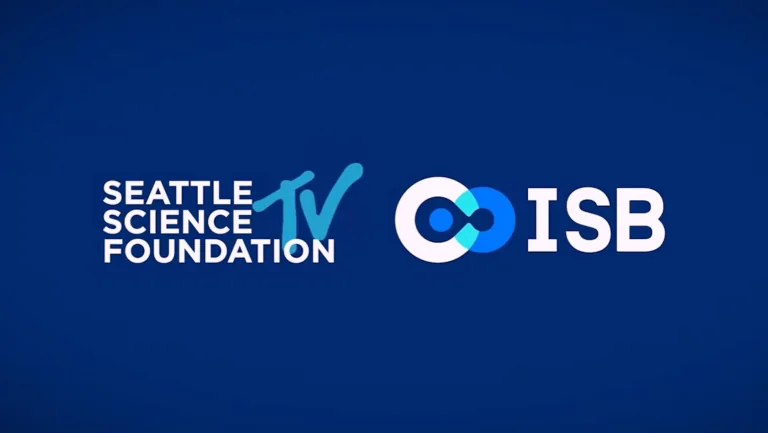
Tackling Lyme Disease with Immunity
It’s Lyme disease season in many areas of the United States, including the Northeast, the Midwest, and some places on the West Coast. In our latest Research Roundtable event, ISB Associate Professor Dr. Naeha Subramanian discussed the latest Lyme disease research conducted in her lab.






